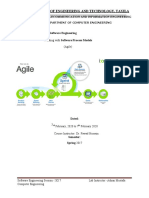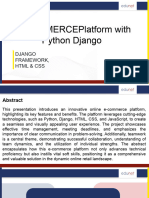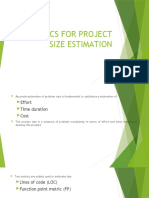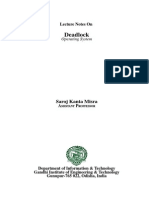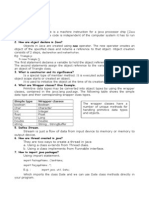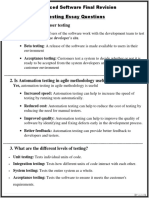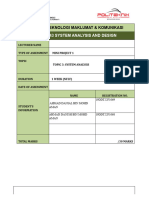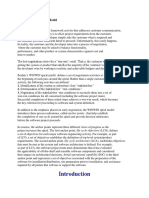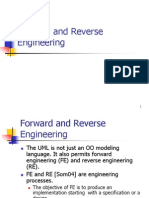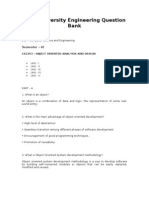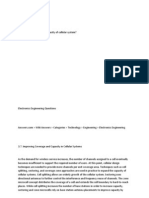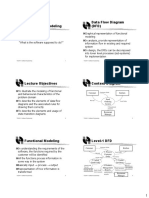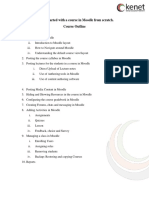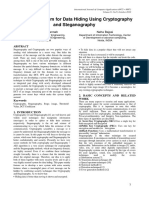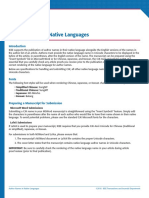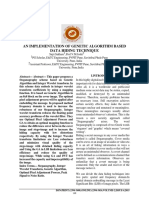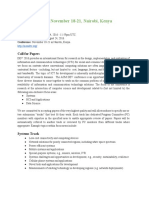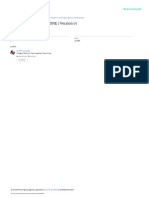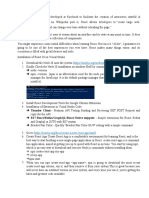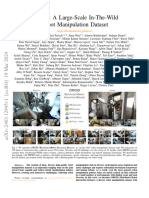0% found this document useful (0 votes)
148 views5 pagesDistributed Software Engineering Case Study Questions
The document discusses various aspects of distributed software engineering through case study questions, focusing on middleware, security threats, architectural models, fault tolerance, peer-to-peer architecture, SaaS challenges, scalability techniques, and transparency. It highlights how middleware facilitates communication via RPC, identifies security threats in distributed systems, recommends multi-tier architecture for financial analytics, and suggests solutions for fault tolerance in healthcare systems. Additionally, it examines the pros and cons of P2P architecture, challenges in SaaS implementation, scalability techniques for video streaming platforms, and the importance of transparency in enhancing user experience.
Uploaded by
Kamau GabrielCopyright
© © All Rights Reserved
We take content rights seriously. If you suspect this is your content, claim it here.
Available Formats
Download as DOCX, PDF, TXT or read online on Scribd
0% found this document useful (0 votes)
148 views5 pagesDistributed Software Engineering Case Study Questions
The document discusses various aspects of distributed software engineering through case study questions, focusing on middleware, security threats, architectural models, fault tolerance, peer-to-peer architecture, SaaS challenges, scalability techniques, and transparency. It highlights how middleware facilitates communication via RPC, identifies security threats in distributed systems, recommends multi-tier architecture for financial analytics, and suggests solutions for fault tolerance in healthcare systems. Additionally, it examines the pros and cons of P2P architecture, challenges in SaaS implementation, scalability techniques for video streaming platforms, and the importance of transparency in enhancing user experience.
Uploaded by
Kamau GabrielCopyright
© © All Rights Reserved
We take content rights seriously. If you suspect this is your content, claim it here.
Available Formats
Download as DOCX, PDF, TXT or read online on Scribd
/ 5

